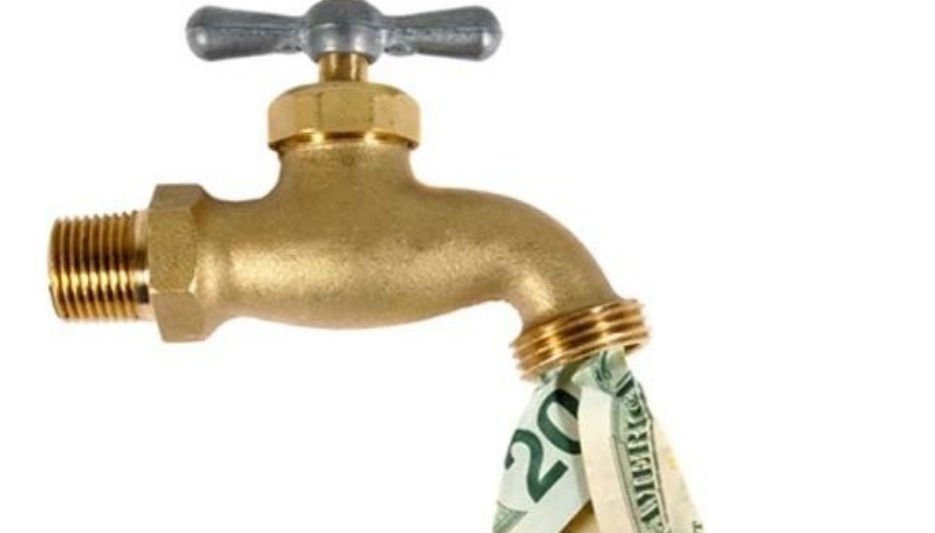Discretionary cash flow represents the amount of money that a business has available after all its capital projects and operational costs have been paid. It’s a crucial metric for investors, managers, and analysts as it provides insight into a company’s financial health and its ability to fund dividends, buy back shares, or reduce debt.
READ ALSO: Assessable Stock – An Overview of What it is
Understanding Discretionary Cash Flow
At its core, discretionary cash flow is the money left over once a company has funded all necessary capital projects and made essential payments, such as wages and other operational costs. This leftover cash can be used for various purposes that may benefit shareholders or support the company’s strategic objectives.
Components of Discretionary Cash Flow:
- Operating Cash Flow (OCF): The starting point for calculating discretionary cash flow is the operating cash flow, which reflects the cash generated or used by a company’s normal business operations. This includes revenue from sales, minus operating expenses such as wages, utilities, and raw materials, adjusted for non-cash items like depreciation and amortization.
- Capital Expenditures (Capex): Once operating cash flow is determined, capital expenditures are subtracted. Capex represents the funds a company spends on acquiring, upgrading, or maintaining physical assets necessary for its operations. This includes investments in property, plant, equipment, and other long-term assets.
- Interest and Taxes: After deducting capital expenditures, any interest payments on debt and taxes are subtracted to arrive at discretionary cash flow. These financial obligations are crucial to consider as they directly impact the amount of cash available for discretionary purposes.
Significance of Discretionary Cash Flow:
- Investment Opportunities: Discretionary cash flow is a key indicator of a company’s ability to pursue growth opportunities. A healthy DCF signifies that a company has surplus cash available for strategic investments, such as research and development, marketing initiatives, or expansion into new markets.
- Debt Servicing and Shareholder Returns: Companies with positive discretionary cash flow can use it to service debt obligations, reducing leverage and improving financial stability. Moreover, DCF can also be utilized to reward shareholders through dividends or share buybacks, enhancing shareholder value.
- Financial Flexibility: Maintaining a positive discretionary cash flow provides financial flexibility during economic downturns or unexpected expenses. It serves as a cushion against unforeseen challenges and enables companies to weather adverse conditions without resorting to drastic measures such as layoffs or asset sales.
How It Works
The process of calculating discretionary cash flow begins with the company’s pre-tax earnings. From there, adjustments are made for non-operating expenses and income, nonrecurring items, and owner’s compensation. The formula for calculating discretionary cash flow is as follows:
Significance of Discretionary Cash Flow
Discretionary cash flow is significant for several reasons:
- Investor Insight: It provides investors with a clear picture of the cash available to be returned to them in the form of dividends or share buybacks.
- Company Valuation: It is a key metric used in valuing a business for sale or purchase.
- Financial Health: It indicates the company’s ability to generate cash and fund its operations and growth independently.
- Management’s Spending Patterns: It can reveal how management is allocating resources and whether they are investing in growth or returning value to shareholders.
Discretionary Cash Flow in Practice
When analyzing a company’s discretionary cash flow, it’s important to consider the context. A declining trend might indicate financial difficulties, but it could also mean the company is investing in capital-intensive projects that will pay off in the long term.
Case Studies and Examples
Let’s consider a hypothetical company, XYZ Corp, which has reported the following figures:
- Pre-Tax Earnings: $500,000
- Non-Operating Expenses: $50,000
- Non-Operating Income: $20,000
- Nonrecurring Expenses: $10,000
- Nonrecurring Income: $5,000
- Depreciation: $30,000
- Amortization: $15,000
- Interest Expense: $25,000
- Interest Income: $3,000
- Owner’s Total Compensation: $100,000
Using the formula provided earlier, XYZ Corp’s discretionary cash flow would be calculated as:
This figure represents the cash XYZ Corp has available for discretionary purposes after covering all its mandatory expenses and investments.
Challenges and Considerations
While discretionary cash flow is a valuable metric, it’s not without its challenges. It requires careful analysis and understanding of the company’s financials, and different analysts may interpret the figures differently based on their assumptions and the context of the company’s operations.
Discretionary cash flow is a powerful tool for understanding a company’s financial capabilities. It provides a snapshot of the cash available for strategic initiatives or returning value to shareholders. As with any financial metric, it should be used in conjunction with other analyses to get a complete picture of a company’s financial health.
